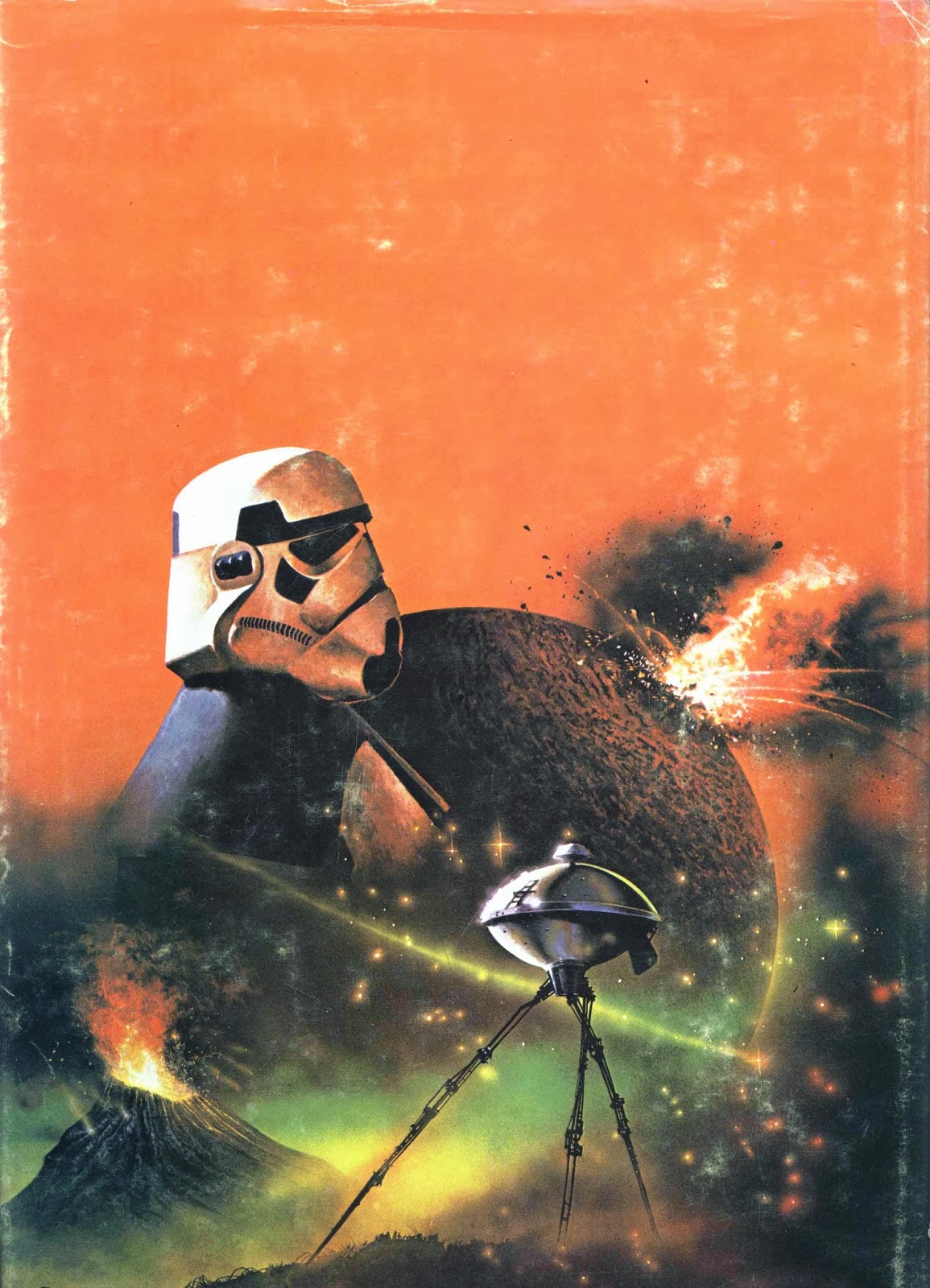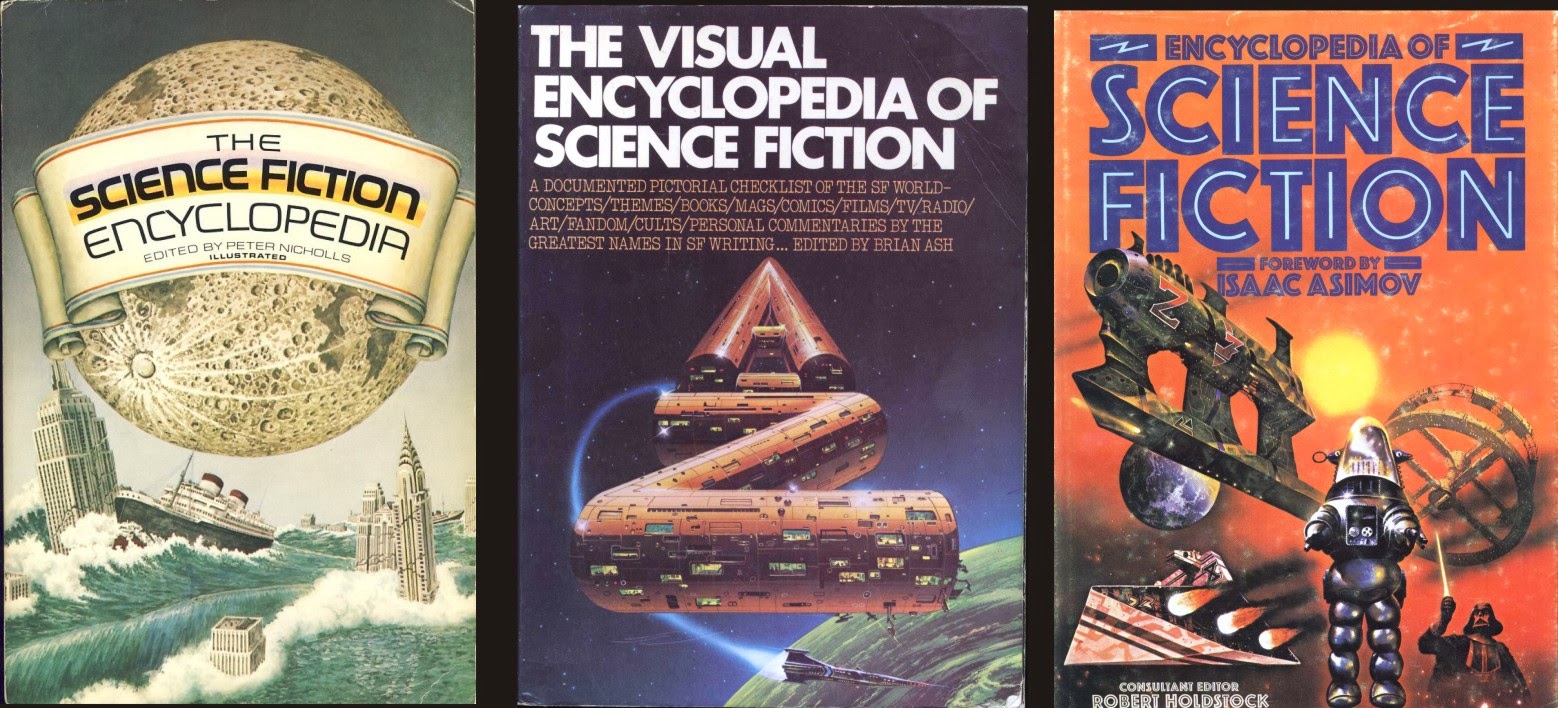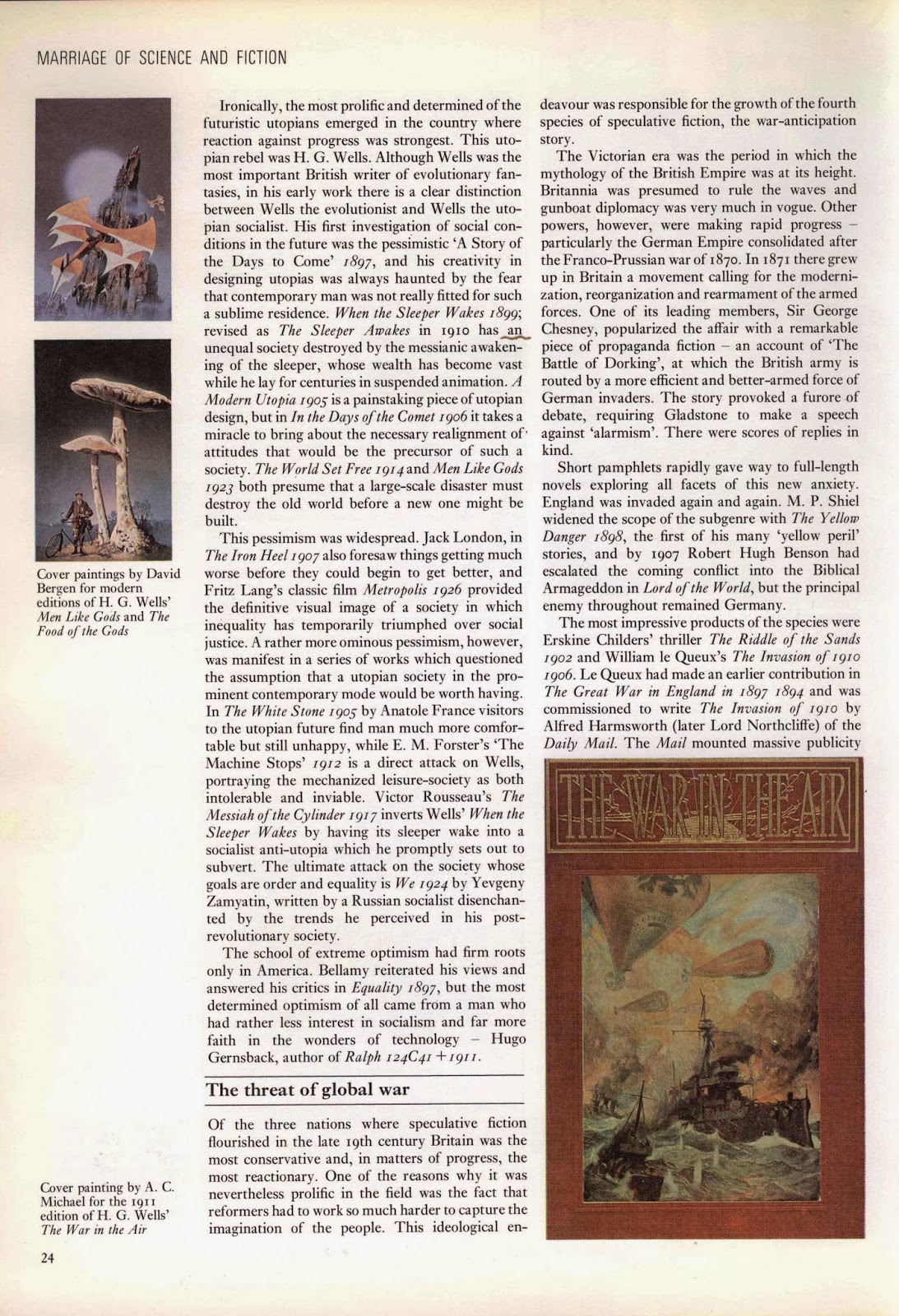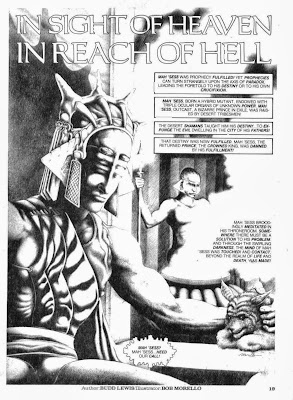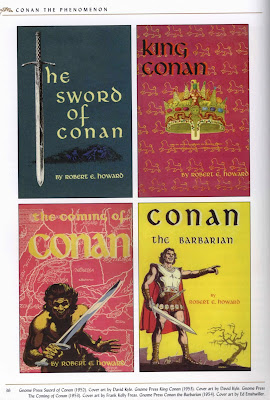Book Review: 'The Sixth Winter' by Douglas Orgill and John Gribbin
4 / 5 Stars
‘The Sixth Winter’ was first published in hardback in 1979; this Fawcett Crest paperback edition (297 pp) was released in March, 1981, and features an arresting cover painting by David Plourde.
John Gribbin wrote a number of nonfiction books on scientific subjects, such as ‘Timewarps’ (1979) and ‘In Search of the Big Bang’ (1986), for general audiences. He also wrote, alone or in partnership with Douglas Orgill and D. C. Compton, sf novels, as well as short stories. Gribbin eschewed New Wave mannerisms in his fiction, choosing the sort of straightforward, didactic prose style popularized by Michael Chrichton.
If you grew up in the 70s, then you may well remember that Gobal Cooling was defined as the major climatic threat to human civilization.
Not only were there scads of stories in the mainstream media touting the subject, but sf novels and ‘prediction’ books were plentiful as well: The Weather Conspiracy: The Coming of the New Ice Age (The Impact Team, 1975); The Cooling: Has the Next Ice Age Already Begun ? (Lowell Ponte, 1976); The Winter of the World (Poul Anderson, 1976), and movies like Robert Altman’s Quintet (1979).
Whether or not you are a believer in Climate Change / Global Warming, it’s interesting to see how fervently the idea of Global Cooling was embedded in pop culture consciousness back then.
‘The Sixth Winter’ is based on Gribbin's nonfiction essay, 'The Climatic Threat', which appeared in the Analog Annual compilation in March, 1976.
'Winter' deals with the advent of a new Ice Age. It is set in the future; i.e., the early 80s.
As the novel opens, the brilliant but emotionally reserved climatologist William Stovin has reviewed recent data, and come to the conclusion that Global Cooling is imminent. His apprehension is borne out when a freakish weather phenomenon – a supercooled tornado, which the ancient Eskimos referred to as a ‘Dancer’ – converts the small town of Hays, South Dakota into a giant smear of ice.
Stovin is called to an emergency meeting with the President, where he lays out his theories and battles skepticism from other scientists. Still uncertain as to whether the predicted catastrophe is genuine, the President and his science advisor dispatch Stovin on an extended field trip to Alaska, there to investigate phenomena that may be associated with Global Cooling.
Stovin discovers that not only did another Dancer ice over a large chunk of wilderness in Canada, but that wolves in the region are relying on ancestral memories to guide their migrations and hunting behaviors in preparation for a new Ice Age.
Even as Stovin embarks on his field research, all over the Northern hemisphere, Winter is coming earlier, and more harshly, than usual. Servere snowstorms and subfreezing temperatures are spreading alarm among the population.
But when Stovin and his colleagues expand their travels to Siberia, where the greatest evidence of a new Ice Age is rapidly accumulating, they discover that disaster will envelop the earth much sooner than anyone anticipated…..
As a Disaster Novel, ‘Winter’ does a lot of things right. Although the narrative is didactic, the plot moves along at a brisk clip. The physical and psychological sensations of extreme cold are well-communicated, and a chase sequence that dominates the second half of the novel is very well-written. I won’t disclose any spoilers, but I will say that ‘Winter’ avoids a miraculous last-chapter reprieve for our modern civilization.
The novel isn’t perfect; the inclusion of a lone female character seems forced, and the novel closes with some ideas that are so speculative and contrived as to clash with the otherwise sober, science –based tenor of the narrative. However, all things being equal, ‘The Sixth Winter’ is one of the better Eco-catastrophe novels I’ve ever read.
4 / 5 Stars
‘The Sixth Winter’ was first published in hardback in 1979; this Fawcett Crest paperback edition (297 pp) was released in March, 1981, and features an arresting cover painting by David Plourde.
John Gribbin wrote a number of nonfiction books on scientific subjects, such as ‘Timewarps’ (1979) and ‘In Search of the Big Bang’ (1986), for general audiences. He also wrote, alone or in partnership with Douglas Orgill and D. C. Compton, sf novels, as well as short stories. Gribbin eschewed New Wave mannerisms in his fiction, choosing the sort of straightforward, didactic prose style popularized by Michael Chrichton.
If you grew up in the 70s, then you may well remember that Gobal Cooling was defined as the major climatic threat to human civilization.
Not only were there scads of stories in the mainstream media touting the subject, but sf novels and ‘prediction’ books were plentiful as well: The Weather Conspiracy: The Coming of the New Ice Age (The Impact Team, 1975); The Cooling: Has the Next Ice Age Already Begun ? (Lowell Ponte, 1976); The Winter of the World (Poul Anderson, 1976), and movies like Robert Altman’s Quintet (1979).
Whether or not you are a believer in Climate Change / Global Warming, it’s interesting to see how fervently the idea of Global Cooling was embedded in pop culture consciousness back then.
‘The Sixth Winter’ is based on Gribbin's nonfiction essay, 'The Climatic Threat', which appeared in the Analog Annual compilation in March, 1976.
'Winter' deals with the advent of a new Ice Age. It is set in the future; i.e., the early 80s.
As the novel opens, the brilliant but emotionally reserved climatologist William Stovin has reviewed recent data, and come to the conclusion that Global Cooling is imminent. His apprehension is borne out when a freakish weather phenomenon – a supercooled tornado, which the ancient Eskimos referred to as a ‘Dancer’ – converts the small town of Hays, South Dakota into a giant smear of ice.
Stovin is called to an emergency meeting with the President, where he lays out his theories and battles skepticism from other scientists. Still uncertain as to whether the predicted catastrophe is genuine, the President and his science advisor dispatch Stovin on an extended field trip to Alaska, there to investigate phenomena that may be associated with Global Cooling.
Stovin discovers that not only did another Dancer ice over a large chunk of wilderness in Canada, but that wolves in the region are relying on ancestral memories to guide their migrations and hunting behaviors in preparation for a new Ice Age.
Even as Stovin embarks on his field research, all over the Northern hemisphere, Winter is coming earlier, and more harshly, than usual. Servere snowstorms and subfreezing temperatures are spreading alarm among the population.
But when Stovin and his colleagues expand their travels to Siberia, where the greatest evidence of a new Ice Age is rapidly accumulating, they discover that disaster will envelop the earth much sooner than anyone anticipated…..
As a Disaster Novel, ‘Winter’ does a lot of things right. Although the narrative is didactic, the plot moves along at a brisk clip. The physical and psychological sensations of extreme cold are well-communicated, and a chase sequence that dominates the second half of the novel is very well-written. I won’t disclose any spoilers, but I will say that ‘Winter’ avoids a miraculous last-chapter reprieve for our modern civilization.
The novel isn’t perfect; the inclusion of a lone female character seems forced, and the novel closes with some ideas that are so speculative and contrived as to clash with the otherwise sober, science –based tenor of the narrative. However, all things being equal, ‘The Sixth Winter’ is one of the better Eco-catastrophe novels I’ve ever read.





















